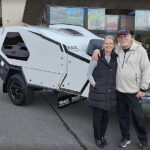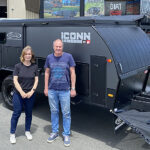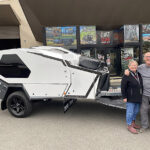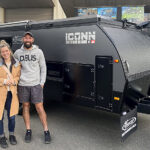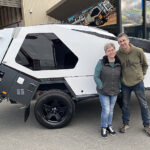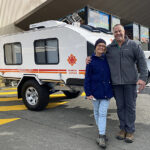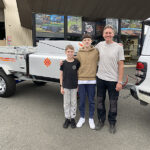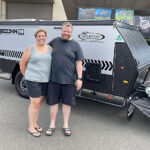Picture this …. you’re reclining back in your favourite camp chair at a riverside campsite, soaking up the sounds of the bush. Earlier that day you navigated your entry off the unsealed forest tracks, keeping an eagle eye on your camper in the mirrors as you weave through the trees, following the faint wheel tracks ahead.
Craning your neck, there’s not a soul to be seen, thanks in part to the sea of river gums that mask the surroundings.
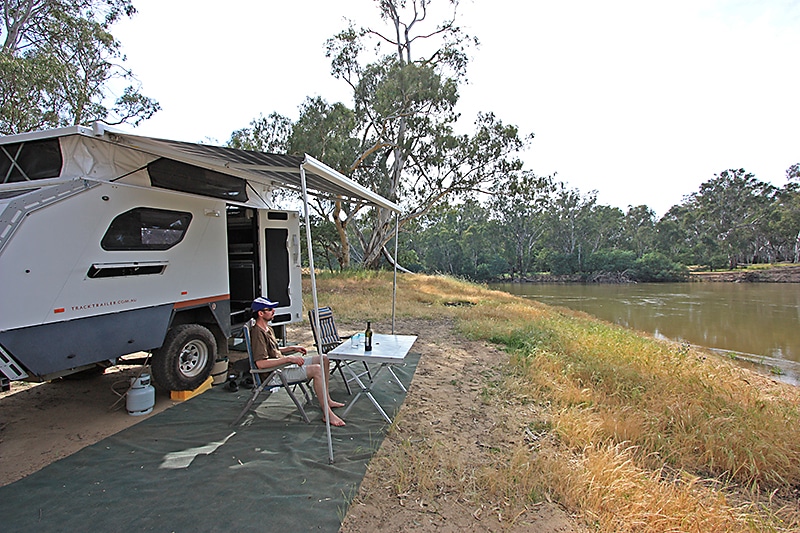
Few campsites epitomise peace and tranquility such as this. So, what are the secrets to finding camping gems like this?
# Facilities: if you’re looking for peace and isolation, choose a location that rewards self-sufficiency. Facilities such as toilets, showers, bins, boat ramps, barbeques, fire pits and picnic tables are a magnet for day trippers and families.
If you love other company, the screech of children, and the roar of boats all day, this could be your ideal getaway. If not, avoid, avoid, avoid!
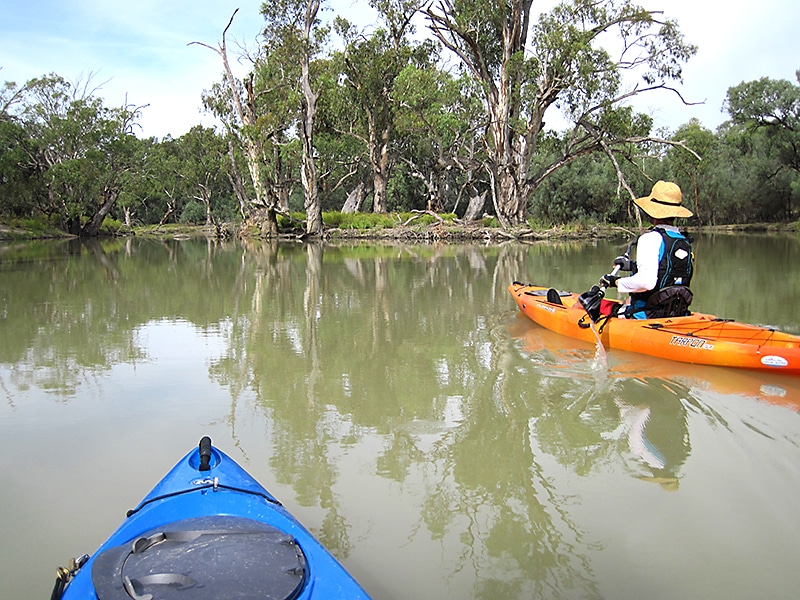
# Access: easy access will also increase visitor numbers. Choose a location not easily accessed by the caravan crowd and those with big rigs. Forests are a good example, with potholed unsealed tracks and sometimes slippery surfaces. Tight tracks that weave through the saplings, duck under branches, and particularly those that mandate a 4WD, will keep many people away.
# Cost: Don’t discount campsites that charge a fee. A fee, by its very nature, may dissuade others which translates to greater peace and quiet for you and me. It’s a good thing!
Most national parks will have day use fees and camping fees to help maintain the facilities, with many overnight camp fees now booked online.
Similarly, Station Stays and Hipcamps charge a fee to camp on their private land and are well worth shelling out for. They generally only take one booking per area, guaranteeing your privacy.
And if you don’t mind chipping in with a few hours work each day, you can get involved with the Willing Workers on Organic Farms program (WWOOF) with access to more pristine properties.
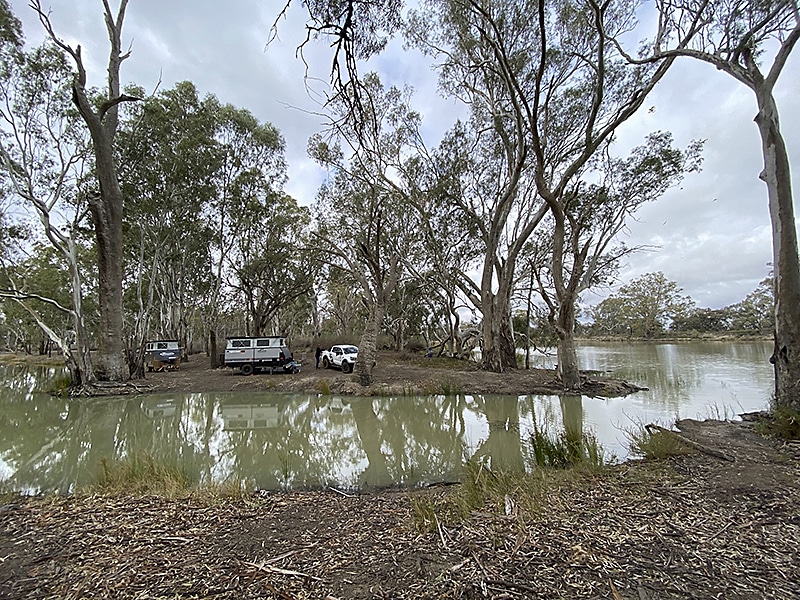
# Research: National Parks are great resources, frequently close to areas of beauty including rivers. And with Google, all you need do is type in “SA national parks” to discover what’s available.
The Murray River National Park near Berri is a beautiful park with areas such as Katarapko, which is popular for kayaking.
Many rivers will have backwaters or tributaries running off the main arm of the river which allows you to paddle along without the interference of ski boats or other river traffic.
Away from the main thoroughfare, it’s much better for wildlife spotting and viewing the land from a different perspective.
Resources such as Wiki Camps are great research tools. Wiki Camps includes reviews by other campers including photos to help you understand what to expect.
While some locations are free, others impart a fee.
There’s also Facebook groups and forums to help spread the word on good locations. And there’s always friends and family to share ideas.
Key criteria we use when searching for a riverside campsite include access for camper trailers, bush location, limited facilities, river frontage, small camping areas (reduces crowds), four-wheel drive access, safe for paddle craft, surrounding gum trees to fuel the fire (where permitted), and free of overhanging gums.

# Maps: whether it be mud maps to help explore a private property or national park, a map will help with your explorations and reduce the chance of getting lost.
Some navigational systems will help in this area, showing other points of interest such as historical markers and landforms.
Spatial Vision produce a Murray River access guide for Victoria to help with navigation. Victoria seems to offer a lot more riverside camping area due to crown land or forests that surround the river.
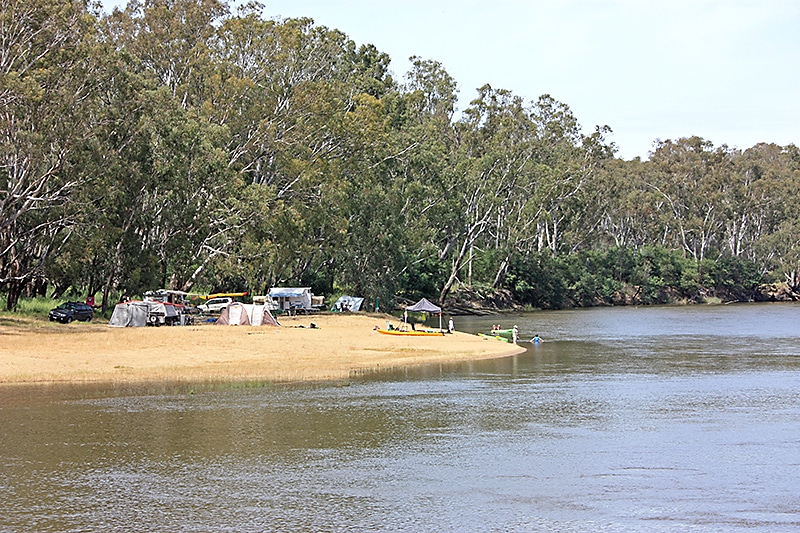
Some of our favourite riverside camp spots include Loveday Adventure Park in Barmera; the Murray River National Park near Berri; the Murray-Kulkyne Park near Hattah in Victoria; and the forests around Cobram, also in Victoria.

